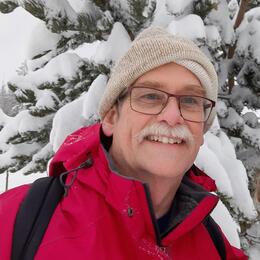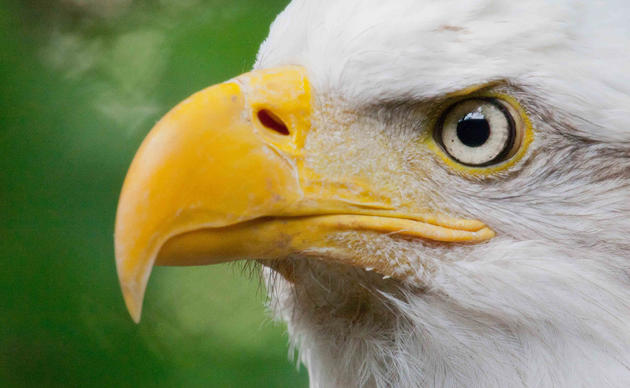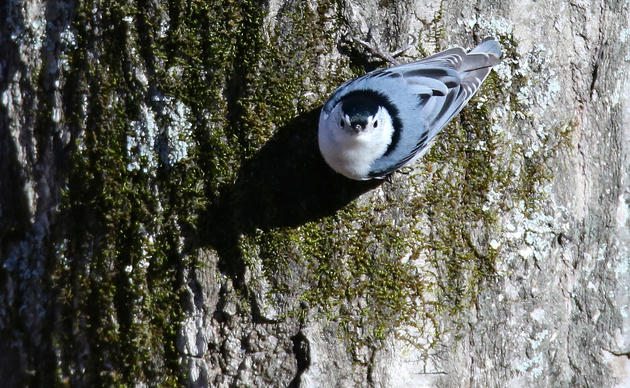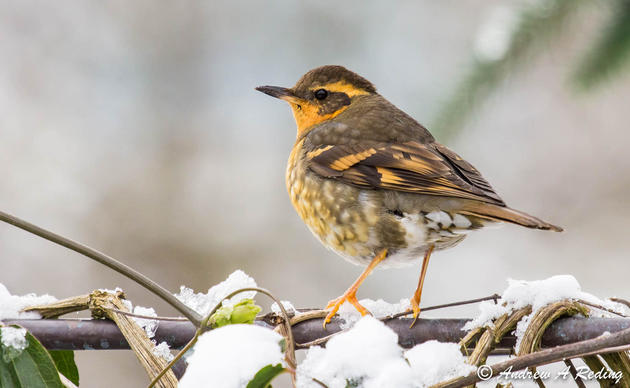Because of the importance of the Kennedy Creek estuary for wintering shorebirds and waterfowl, Audubon Washington has been leading a coalition of local groups and working with the Department of Natural Resources to explore how to best preserve and enhance this Important Bird Area, but the answers are not simple
The initial focus of the coalition was to raise public awareness of the site and to seek funding for a feasibility study on the removal of fill associated with Highway 101, which crosses the Creek’s delta. A preliminary study, commissioned by DNR and the South Puget Sound Salmon Enhancement Group, found that the suspected impacts associated with the highway on stream outflow and marsh erosion was not as big of a threat as had been believed. Furthermore, removal and replacement of the bridge would be costly, and is not likely to be funded without a strong ecological justification.
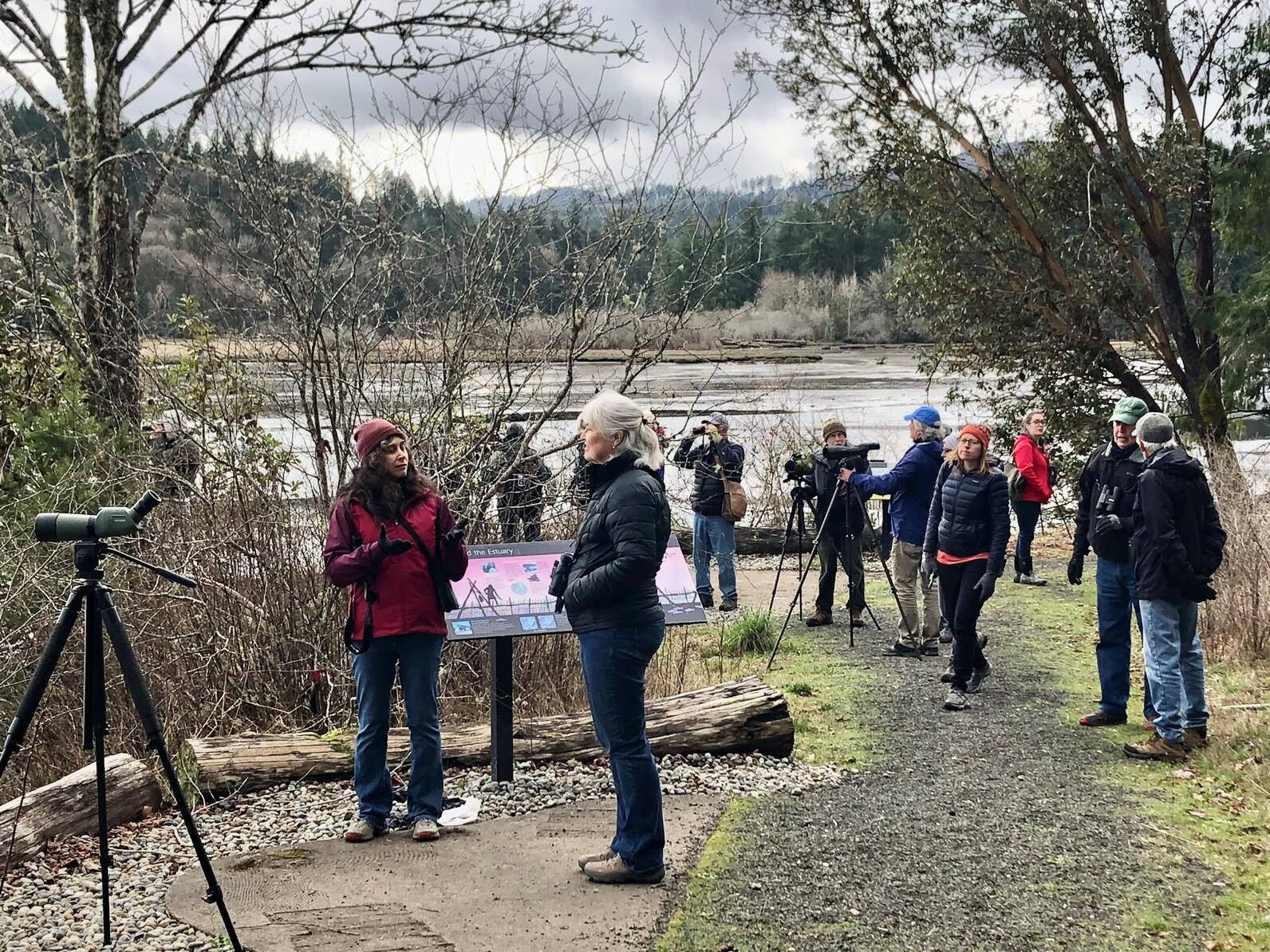
At the same time, future sea level rise and changes in creek outflows could impact habitat quality and availability in the saltmarsh, so we shifted our focus to the potential of anchoring large woody debris such as logs and tree stumps in the estuary, both to deflect erosive forces from the narrowed stream outfall away from the emergent wetlands and for the possible co-benefits to shorebirds that might be provided.
A lot of research has been done on the benefits of large woody debris in streams and a fair amount in relation to marine beach shorelines, both of which benefit in many situations in terms of habitat preservation and diversity. For example, creating pools and small gravel bars in streams and increasing invertebrate habitat and diversity on beaches. The utility of large woody debris in estuarine wetland habitat is less clear, but seems to point to the potential for increased habitat diversity and erosion protection. What research that exists in this area seems to conclude with the need for more research and that the potential benefits are very site specific.
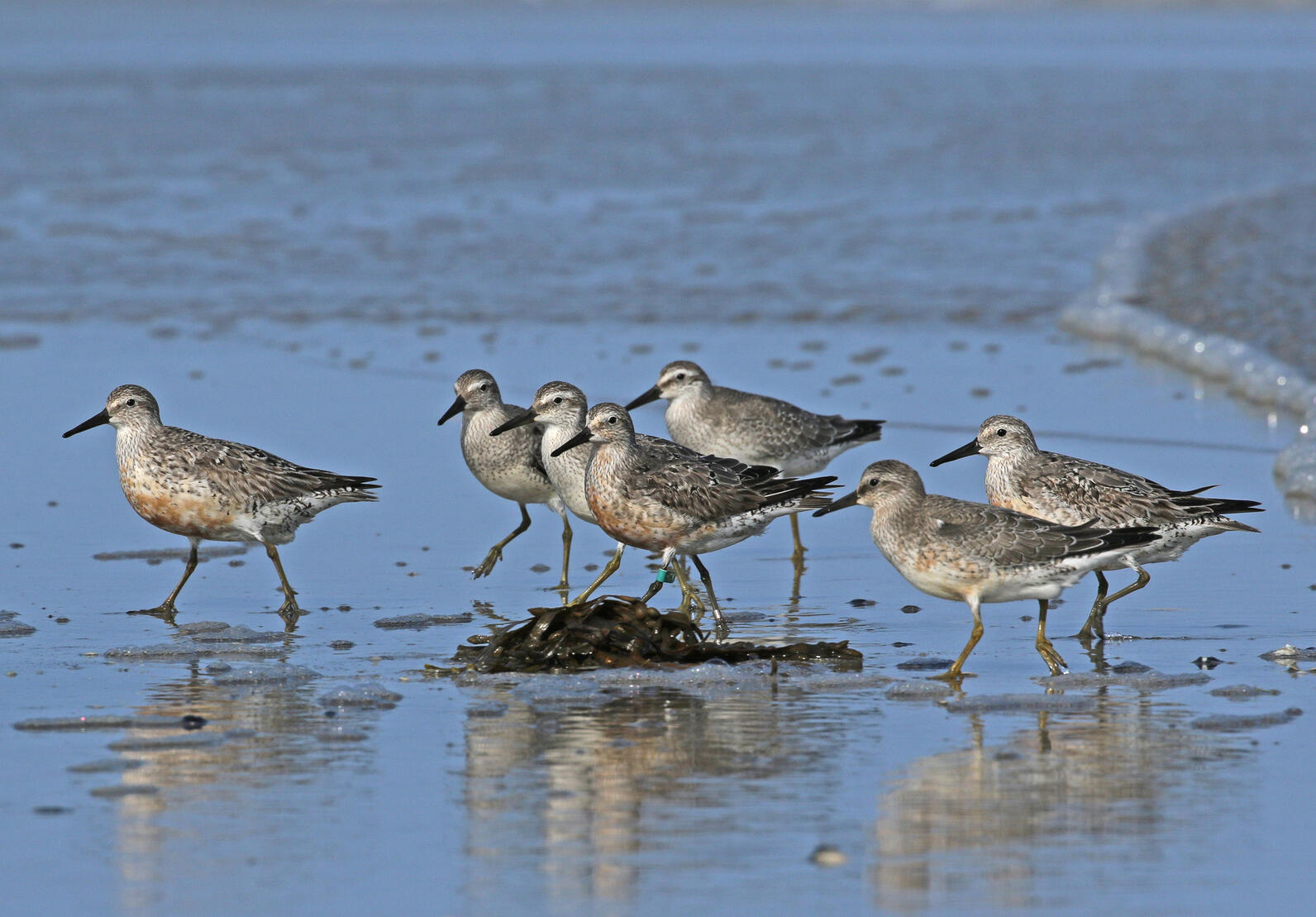
Whether Kennedy Creek estuary and the birds that rely on it would benefit from the additional of large woody debris is uncertain. For example, increased habitat diversity for invertebrates and high tide roosting sites could be a boon for shorebirds, but Kennedy Creek estuary is already though to have a high density of invertebrates in the mudflats, a key reason it draws so many shorebirds.
On the other hand, if erosion, caused by the narrowing of the stream outlet and a “firehose effect” at high outflow events is eroding the emergent wetlands, properly placed and anchored LWD might be an important tool to deflect those flows and reduce erosion. To understand if this is a feasible alternative would require additional hydrologic and erosion studies, as well as a project feasibility study. At this point it appears that waiting until we are certain whether there is a serious erosion problem at the site may be the best course of action. In other words, a “watch closely and do no harm approach” for now.
In the mean time, there are things we can do for this Important Bird Area. Audubon Washington will continue to support expansion of the Kennedy Creek NRCA, acquisition of tidelands in the nearby Skookum Inlet Natural Area Preserve and raising the awareness of this amazing south Sound area for birds.

